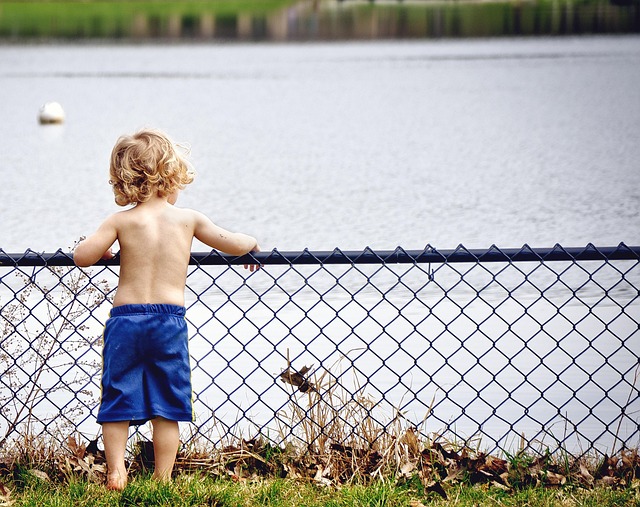New Bedford, MA residents increasingly seek sustainable solutions for their fencing needs, driven by environmental consciousness and community initiative. This article explores eco-friendly fencing materials and their manifold benefits for both the local ecosystem and the community. By delving into available options, examining environmental impacts, assessing performance, and highlighting community efforts, we uncover why adopting green fencing practices is a smart choice for New Bedford.
- Exploring Eco-Friendly Fencing Options in New Bedford
- Benefits of Sustainable Fencing for Local Environment
- Performance and Longevity of Green Fence Materials
- Community Impact: Embracing Eco-Conscious Fencing Practices
Exploring Eco-Friendly Fencing Options in New Bedford
In New Bedford, MA, residents and local authorities are increasingly turning to eco-friendly fencing materials as part of their commitment to sustainability. Exploring these options offers a unique blend of environmental benefits and aesthetic appeal. Materials like recycled plastic, bamboo, and organic wood not only reduce the carbon footprint associated with traditional fencing but also provide long-lasting durability. For instance, recycled plastic fences are resistant to rot and weathering, eliminating the need for frequent replacements.
Bamboo, known for its rapid growth rate and strength, offers a renewable alternative that can create visually striking fences. In New Bedford’s urban and suburban landscapes, these eco-friendly options can enhance property values while contributing to a greener community. Moreover, they provide an opportunity to preserve local ecosystems by reducing the demand for new materials and minimizing waste, making them a preferred choice for those seeking sustainable solutions in their outdoor spaces.
Benefits of Sustainable Fencing for Local Environment
In New Bedford, MA, adopting eco-friendly fencing materials offers numerous benefits for the local environment. These sustainable alternatives reduce pollution and minimize the carbon footprint associated with traditional fencing production, contributing to a cleaner and healthier ecosystem. By choosing materials like recycled plastic, bamboo, or organic wood, residents can support local biodiversity, as these options are less harmful to plant and animal life compared to conventional materials that may release toxic chemicals into the soil and water.
Moreover, sustainable fencing helps preserve natural resources by reducing demand for new material production, which often involves deforestation and energy-intensive processes. This conservation effort plays a crucial role in maintaining the area’s unique ecological balance, ensuring that local flora and fauna thrive. Additionally, these eco-friendly options can enhance the overall aesthetic appeal of New Bedford’s landscapes while promoting a more sustainable future for the community.
Performance and Longevity of Green Fence Materials
Eco-friendly fencing materials have gained popularity for their exceptional performance and longevity, offering a sustainable alternative to traditional options. These innovative products are designed to withstand various environmental conditions, ensuring they remain robust and aesthetically pleasing over time. Unlike conventional fences that may require frequent maintenance or replacement, green fence materials are built to last, reducing the need for costly repairs and periodic upgrades.
One of the key advantages is their resistance to rot, corrosion, and pests, which can extend their lifespan significantly. Natural materials like bamboo, wood, and recycled plastics exhibit superior durability, while treated options incorporate protective coatings that prevent deterioration. This longevity not only minimizes waste but also reduces the environmental impact associated with fencing replacement, making them an eco-conscious choice for New Bedford residents aiming to enhance their outdoor spaces without compromising sustainability.
Community Impact: Embracing Eco-Conscious Fencing Practices
In New Bedford, MA, adopting eco-friendly fencing materials isn’t just a trend; it’s a step towards fostering a healthier and more sustainable community. These practices extend beyond individual benefits, creating a ripple effect that enriches the local environment and society at large. By choosing natural, renewable, or recycled fence options, residents contribute to reducing carbon footprints and minimizing pollution, which are key aspects of combating climate change.
Moreover, eco-conscious fencing supports biodiversity by providing habitats for local wildlife. This helps maintain ecological balance and promotes a richer, more vibrant urban landscape. Community initiatives that prioritize these materials also foster pride in shared spaces, encouraging residents to take ownership of their neighborhoods. Such practices can spark conversations about sustainability, inspiring others to make similar environmentally friendly choices.
